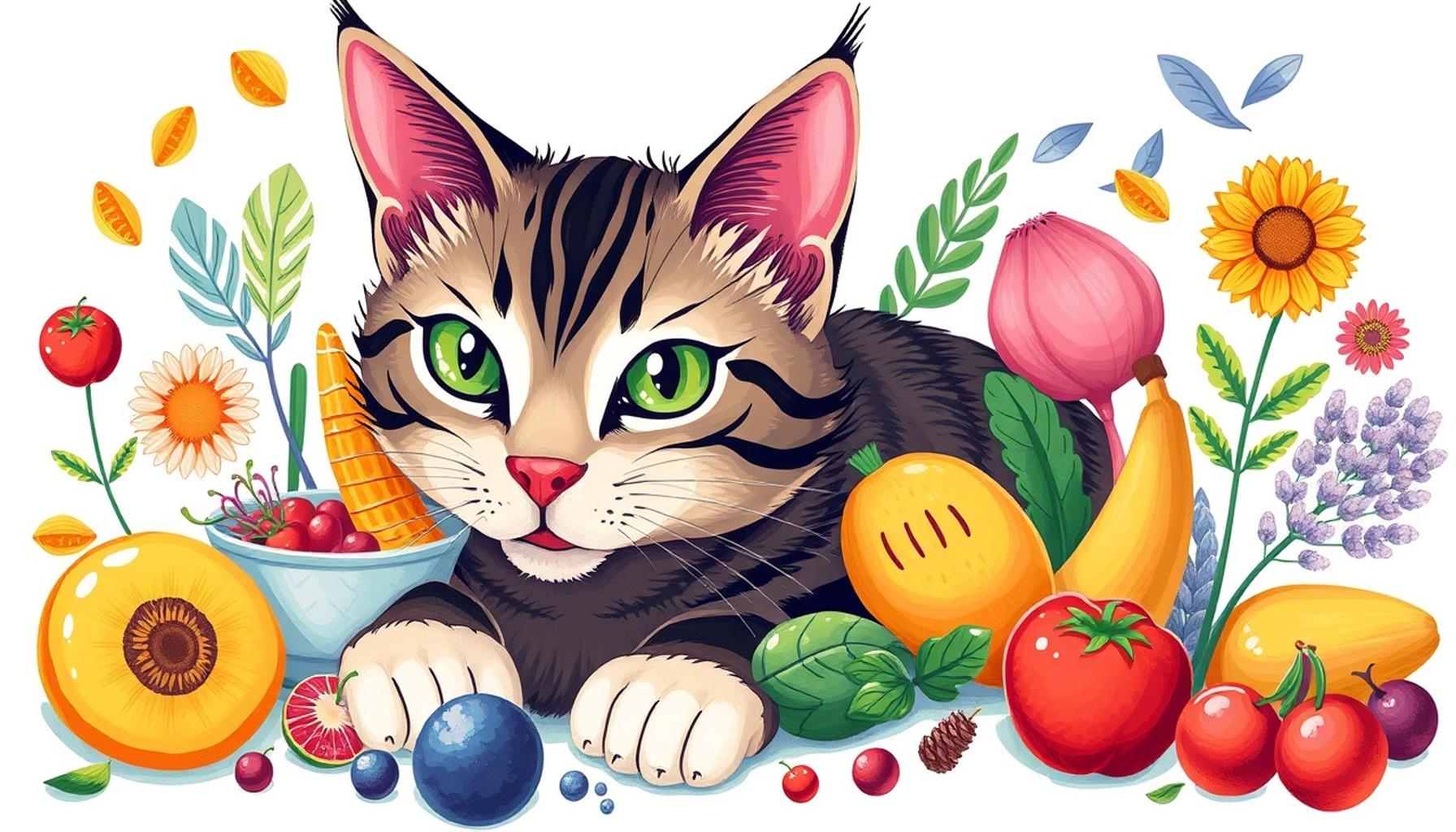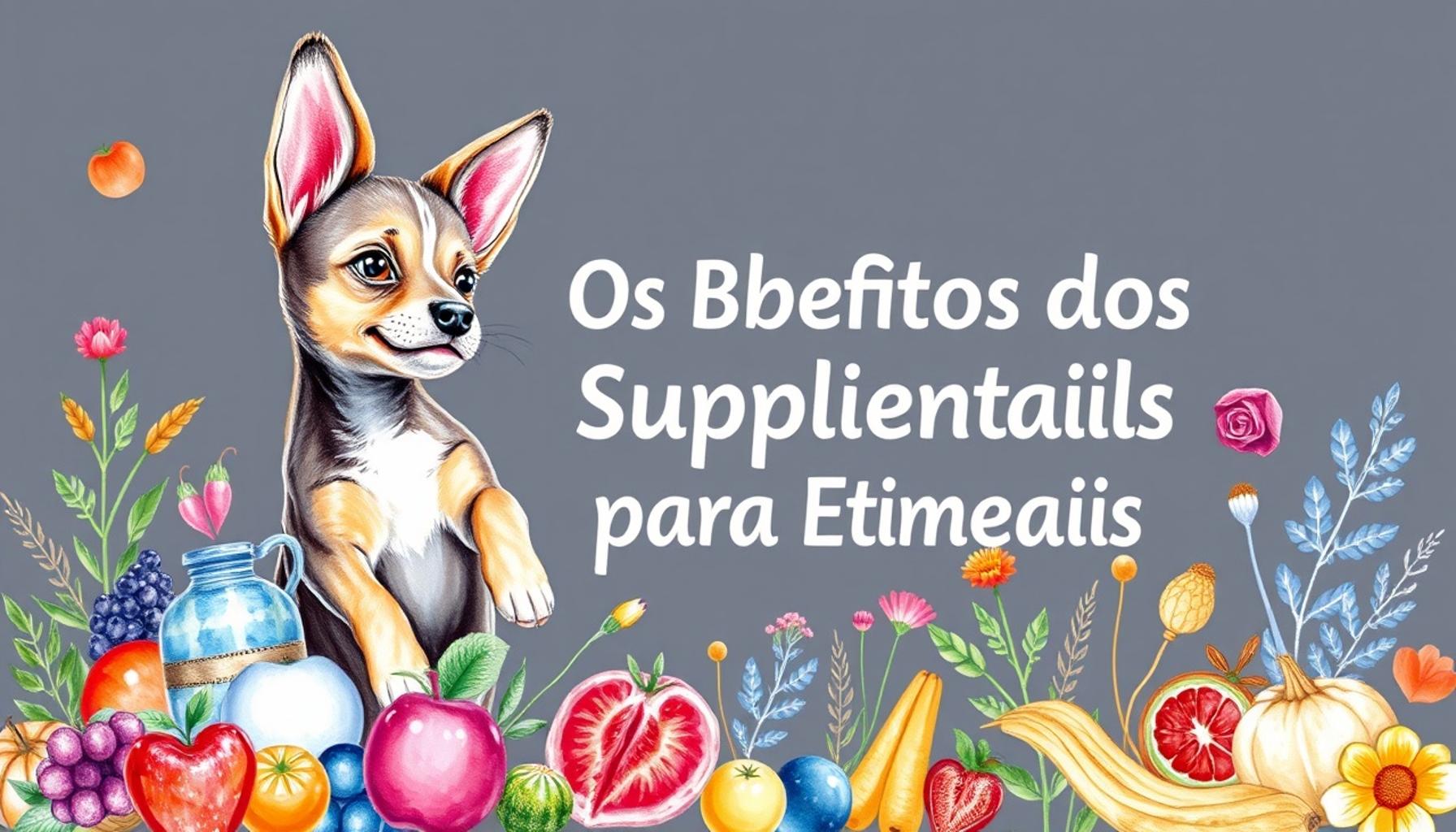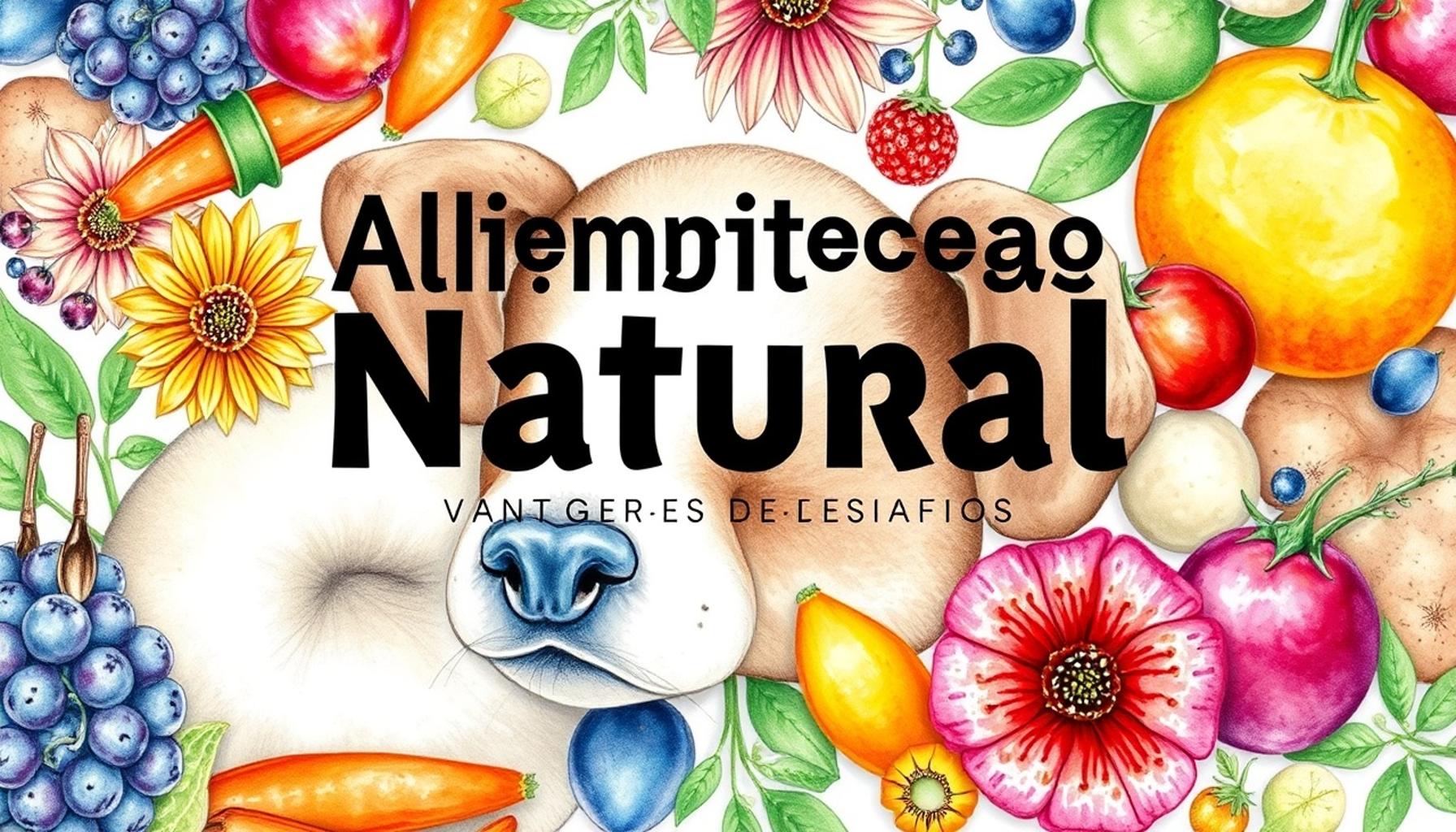Ultimate Guide Homemade Natural Pet Foods for Healthier Pets
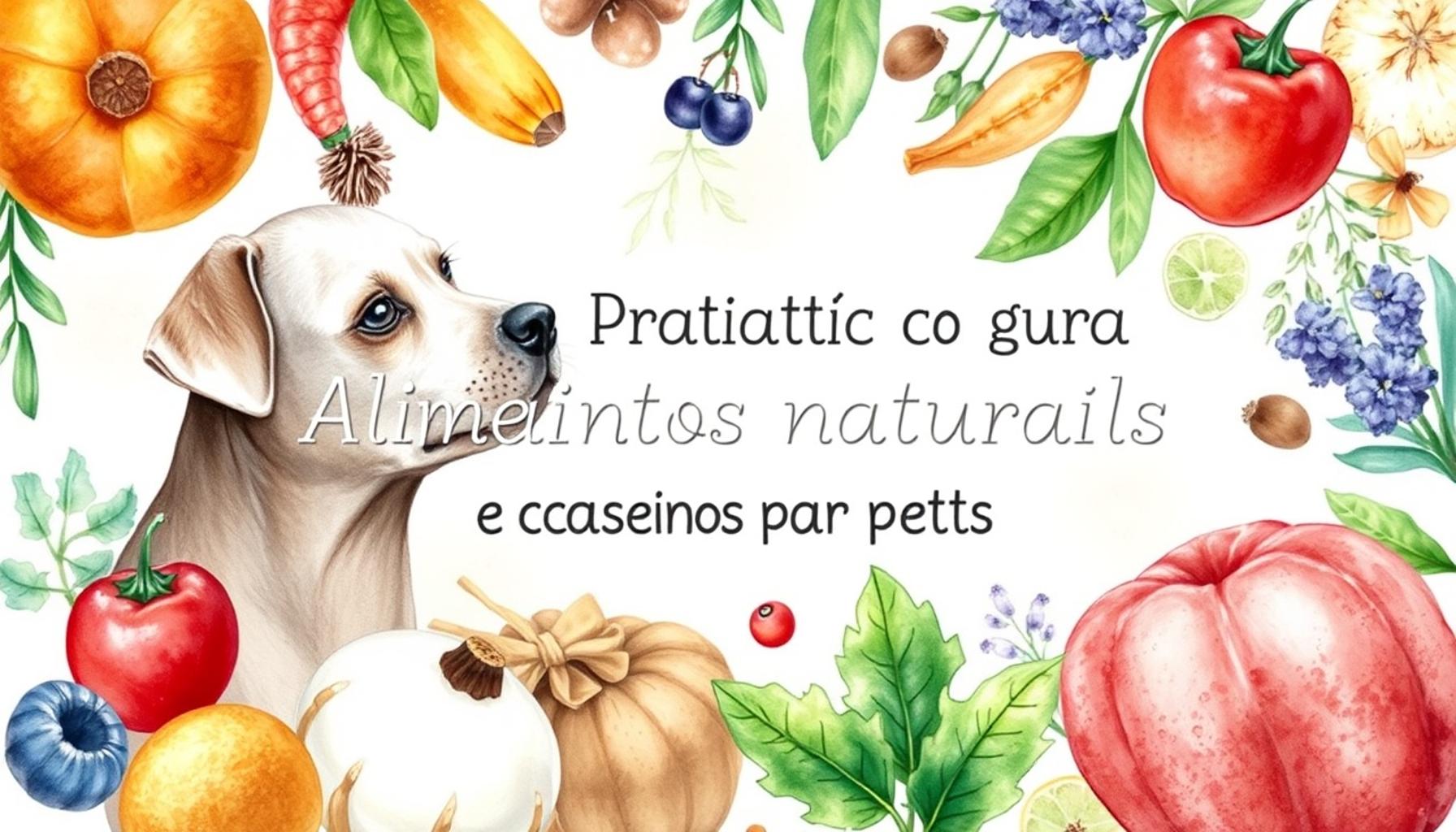
In recent years, pet owners have become increasingly aware of the significance of nutrition in their furry companions’ overall health. With the rise of commercial pet foods containing artificial additives and unknown ingredients, many are turning towards more natural and homemade options. This shift is not just a trend; it’s a movement towards enhancing the well-being of pets by ensuring they consume whole, nutritious foods.
The benefits of feeding pets homemade meals are vast and include:
- Improved digestion due to fresh ingredients
- Enhanced energy levels from balanced nutrition
- Reduced risk of allergies by controlling ingredients
- Stronger bond through shared meal preparation
As pet care becomes more personalized, it’s essential to explore practical guides on nutritious foods. In this article, we will unveil the Top 5 homemade natural foods that can help boost your pet’s health and vitality. Prepare to dive deep into recipes that not only satisfy their taste buds but also nourish their bodies!
RECOMMENDED: Check out this similar article
Top 5 Practical Guide to Natural and Homemade Foods for Pets
Nutrition is the cornerstone of health for our furry, feathered, and scaly friends. With the boom of information about pet food ingredients, an increasing number of pet owners are exploring natural and homemade diets as a viable alternative to commercial pet foods. This guide takes you through the top five steps to transition your pet to a diet that’s not only natural but also nourishing and safe.
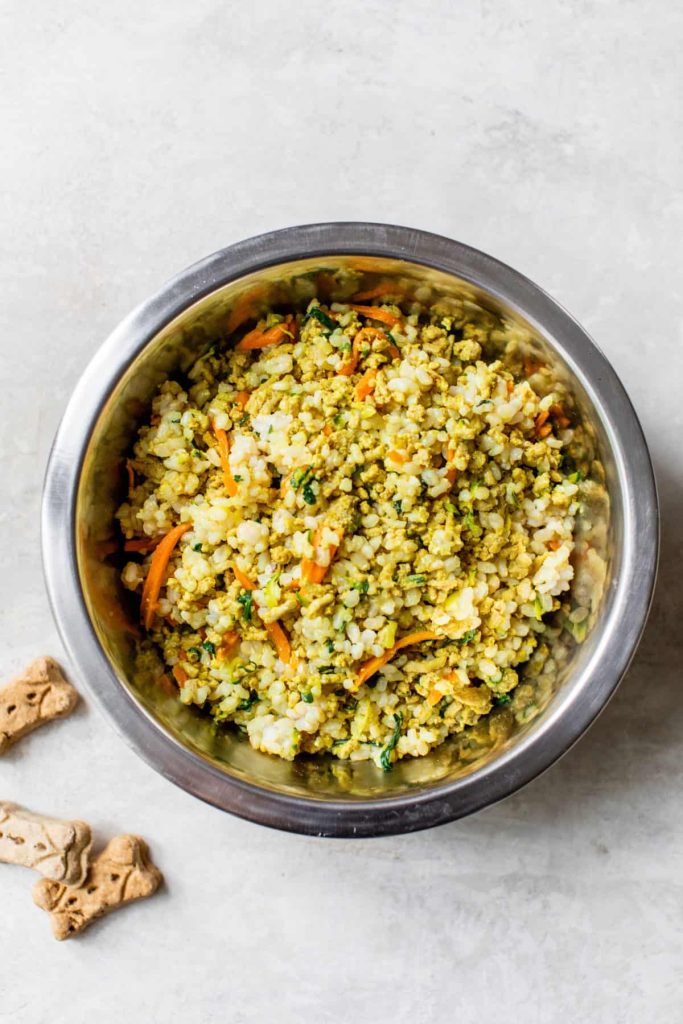
5. Understanding Nutritional Needs
A one-size-fits-all approach doesn’t work when it comes to pet nutrition. Different species and even breeds within species have diverse nutritional mandates.
Consider a growing puppy versus a senior cat—they have vastly different needs. Growing animals typically need higher amounts of protein and calories, while seniors might require more fiber and fewer calories as metabolism slows down. Activity level is another factor: a hyperactive Border Collie will require more energy-dense food compared to a more sedentary breed like a Basset Hound.
The foundation of any pet diet consists of:
- Proteins: Vital for tissue growth, enzyme function, and immune response. Sources like chicken and fish are commonly used, providing essential amino acids.
- Carbohydrates: These serve as an energy source, although the requirement varies among different species. Dogs are better equipped to digest carbohydrates compared to cats.
- Fats: Not just energy reserves, they are also necessary for the absorption of certain vitamins and maintaining healthy skin and fur.
- Vitamins and Minerals: Each plays a role in bone health, vision, and muscle functionality among other things. Calcium and phosphorus ratios, for instance, are crucial in puppies and kittens.
- Water: Often underestimated, hydration is key for all bodily functions.
Consulting with a veterinarian or a pet nutritionist to customize a meal plan is crucial. They can provide insights into any potential deficiencies or toxicities to avoid, ensuring the diet is both balanced and complete.
4. Safe Ingredients to Incorporate
After understanding the nutritional blueprint, the next step is ingredient selection. The key is to select safe, wholesome ingredients that offer specific health benefits attractively.
Potential ingredients include:
- Lean meats: These provide high-quality proteins. Always ensure meats are properly cooked to avoid bacterial contamination.
- Vegetables: Rich in fibers and vitamins, vegetables should be cooked or pureed to ensure easy digestion. Carrots provide beta-carotene, beneficial for vision.
- Fruits: In moderation, fruits like blueberries and apples (seedless) offer antioxidants. Be cautious with portions due to sugar content.
- Grains: While dogs often tolerate grains well, some pets may have sensitivities. Alternatives like quinoa or gluten-free grains can be explored.
Engage your veterinarian to confirm these ingredients are suitable for your specific pet to avoid allergies or toxic reactions. This proactive approach ensures the dietary transition is smooth and healthful.
3. Preparing Balanced Meals
The art of preparing pet meals lies in achieving nutritional balance while catering to tastebuds. Here, creativity meets culinary responsibility:
- Mix your protein: Offer eggs or different fish like salmon to vary amino acid profiles, which can be enticing for pets.
- Incorporate vegetables: Options like spinach can be blanched to neutralize oxalates while boosting iron and calcium intake.
- Use healthy fats: A small drizzle of olive oil or inclusion of fish oil capsules can support joint health and shiny coats.
Experiment with a rotation of recipes but keep taste consistency to prevent digestive upset. Each meal should ideally bring together proteins, carbohydrates, fats, fiber, and water.
2. Homemade Treats and Snacks
Treat time offers a chance to combine fun and nutrition. Crafting homemade snacks gives you control over ingredients and fosters bonding opportunities.
- Peanut butter and pumpkin biscuits: A power duo for vitamins and healthy fats.
- Sweet potato chews: Rich in fiber and natural sugars, perfect for nutrient-dense bites.
- Frozen yogurt and fruit cubes: A cooling snack that packs probiotics and antioxidants.
While treats are delightful, moderation and allergen awareness are crucial. Ensure portion sizes align with your pet’s overall daily caloric intake.
1. Consult Your Veterinarian Regularly
The pivotal step in a homemade diet plan is maintaining close consultation with your veterinarian. Regular health checks ensure any subtle dietary impacts are swiftly addressed.
Vets can recommend specific supplements should your pet’s diet lack certain nutrients, like taurine for cats, crucial for cardiac health. Regular vet visits allow for dietary adjustments as your pet transitions through different life stages or experiences health changes.
In conclusion, evolving your pet’s diet to natural and homemade foods can be deeply rewarding. It involves understanding detailed nutritional needs, selecting safe ingredients, and exploring delightful recipes. This journey, grounded in regular vet collaboration, not only enhances your pet’s health but also fortifies your bond through loving, wholesome care.
| Category | Description |
|---|---|
| Nutritional Value | Using natural and homemade ingredients ensures that pets receive a balanced diet tailored to their unique needs. Ingredients such as fresh vegetables, lean meats, and whole grains are rich in essential nutrients. |
| Quality Control | When preparing meals at home, pet owners have direct control over the quality and freshness of every component. This minimizes the risk of additives and preservatives commonly found in commercial pet foods. |
| Allergies Management | Creating meals from scratch allows for better management of food allergies and sensitivities. Owners can customize recipes to avoid known allergens, ensuring greater safety for their pets. |
| Cost-Effectiveness | While certain ingredients may seem more expensive initially, preparing meals at home can lead to long-term savings. Buying in bulk or seasonal ingredients often reduces costs and creates less waste. |
RECOMMENDED: Check out this similar article
Frequently Asked Questions about Homemade and Natural Pet Foods
Are homemade foods safe for my pets?
Yes, homemade foods can be safe for pets, but it’s essential to ensure a balanced diet. Consulting a veterinarian is crucial to understand your pet’s specific nutritional needs. While certain human foods can be beneficial, others could be harmful. Ingredients like onions, garlic, and chocolate should be avoided as they can be toxic to pets.
What are the benefits of feeding pets a natural diet?
Nutrient-rich natural diets can boost a pet’s energy levels, improve coat condition, and aid in digestion. Natural foods often contain fewer preservatives and additives compared to commercial pet foods, reducing the risk of allergies and other health issues. Moreover, some studies suggest that a natural diet may support a longer and healthier life for pets.
How do I ensure I’m providing a balanced diet?
To maintain a balanced diet, include a variety of food groups such as proteins, carbohydrates, fats, vitamins, and minerals. It’s vital to follow vet-recommended recipes or guidelines. Regular check-ups with a veterinary nutritionist can help ensure that your pet is receiving all necessary nutrients. Using supplements might be necessary if certain dietary elements are lacking in homemade meals.
Can I switch back to commercial food after feeding homemade meals?
Transitioning between homemade and commercial foods is possible, but it should be done gradually. Sudden changes can upset your pet’s digestive system. Introduce new foods slowly, mixing them with the current diet in increasing proportions over a week or two. Always monitor your pet for any adverse reactions during the transition period.
Are there any risks associated with preparing homemade pet food?
While there are significant benefits, preparing homemade pet food can pose risks if not done correctly. Improper food balance, contamination, or using toxic ingredients can endanger your pet’s health. Thoroughly research recipes and ingredients and maintain stringent hygiene standards when preparing meals to mitigate these risks. Always discuss dietary changes with your veterinarian to safeguard your pet’s well-being.
YOU MAY ALSO LIKE: Read this other article
Conclusion: The Path to Nutritious and Wholesome Pet Diets
As we conclude our exploration into the world of natural and homemade pet foods, it becomes evident that making informed dietary choices for our furry companions carries both immediate and long-term benefits. Understanding the nutritional needs of pets ensures that they receive all essential vitamins and minerals vital for their wellbeing. By incorporating natural ingredients, pet owners can tailor meals to cater to specific dietary requirements and preferences, enhancing their pets’ overall health and longevity.
One of the main takeaways from this guide is the significance of selecting fresh, high-quality ingredients. This shift from commercial to homemade diets not only promises transparency of ingredients but also encourages a more holistic approach to pet care. Emphasizing the importance of consulting with veterinary nutritionists, pet owners can ensure balanced meals that are both safe and nutritious.
Additionally, reading and understanding food labels helps in distinguishing between genuinely natural products and those simply marketed as such. This insight empowers pet owners to make better choices, avoiding unnecessary artificial additives and preservatives that could potentially harm their pets. Furthermore, the practice of customizing pet diets can address specific health issues, catering to unique needs such as allergies, weight management, and digestive health.
In essence, embracing natural and homemade food options for pets fosters a closer connection between owners and their beloved animals, built on trust and care. As this trend continues to gain traction, it underscores the importance of ongoing research and education. The journey to nutritious pet diets starts with awareness and commitment and ultimately leads to healthier, happier pets.
